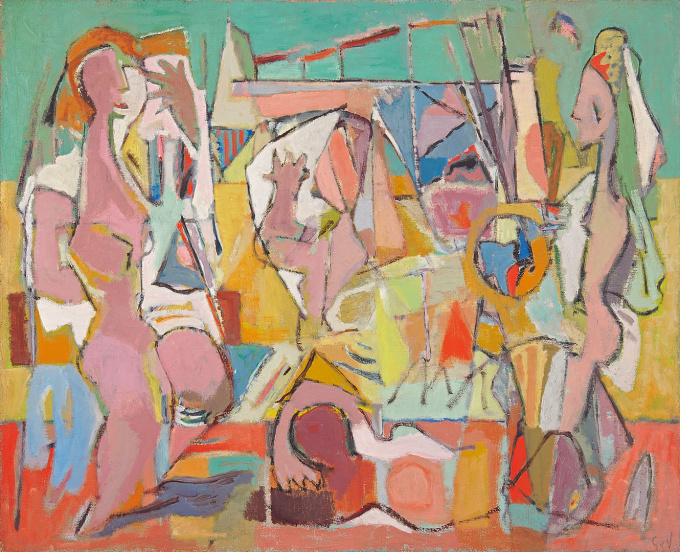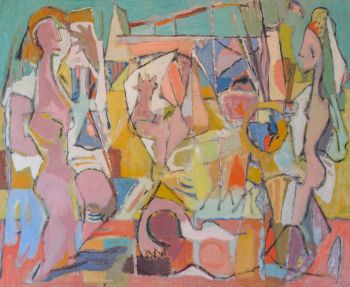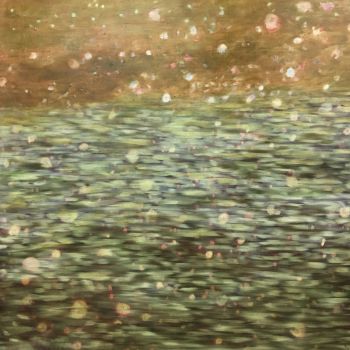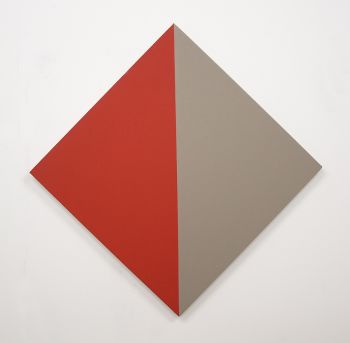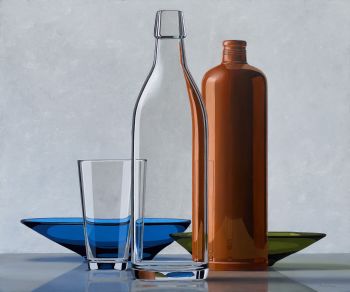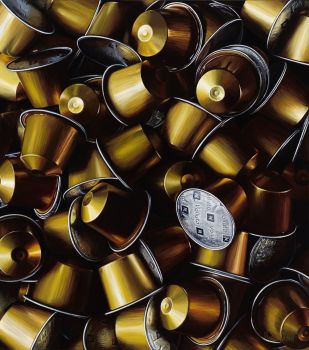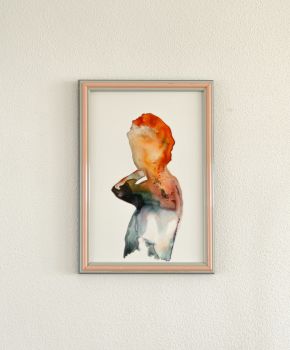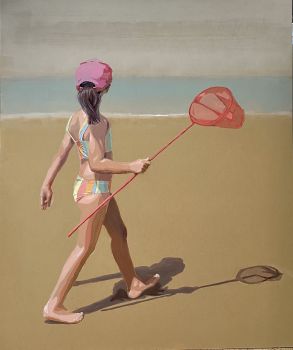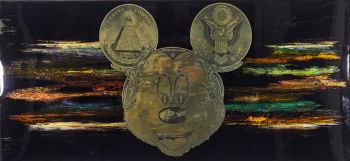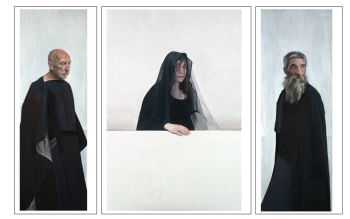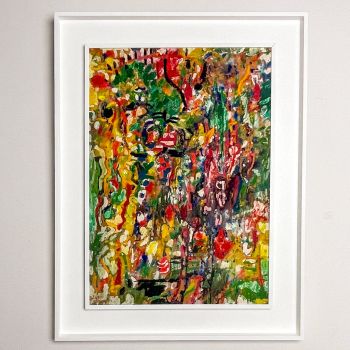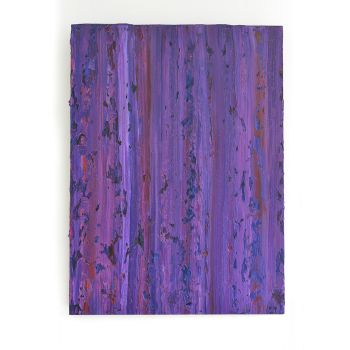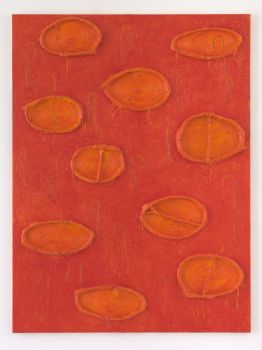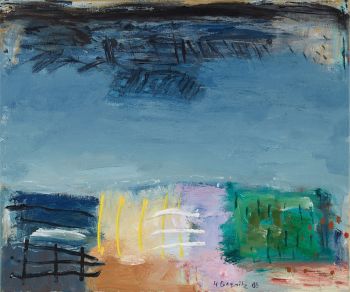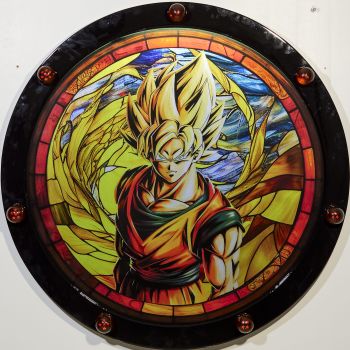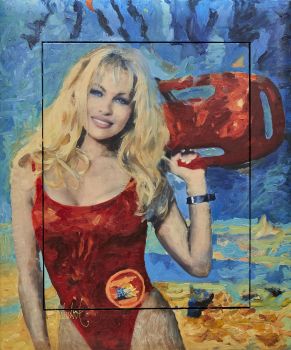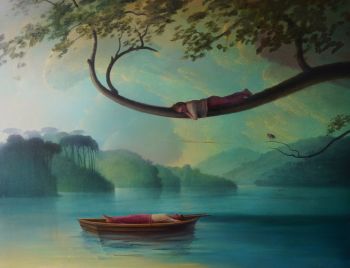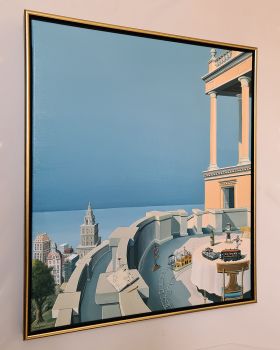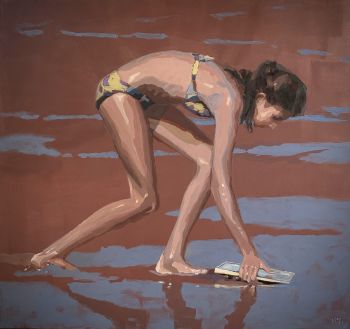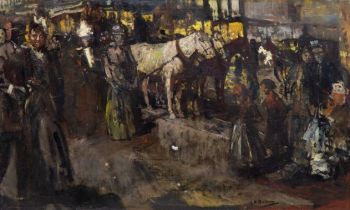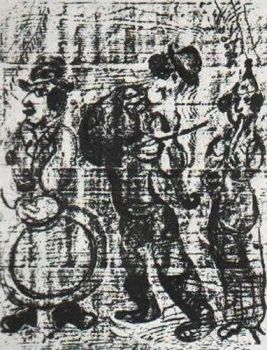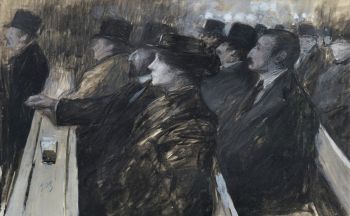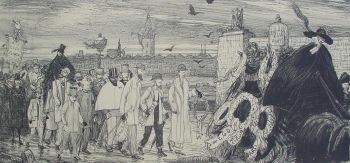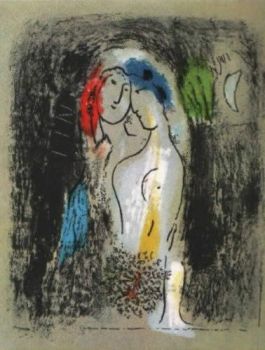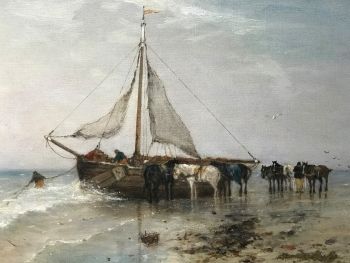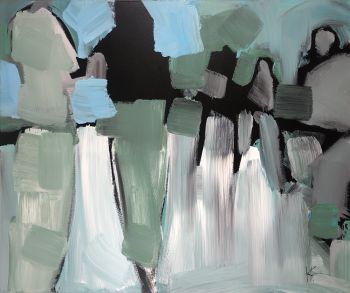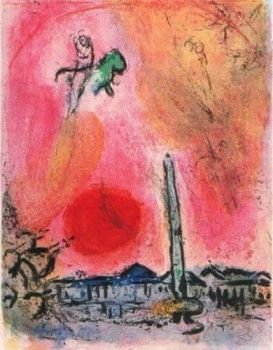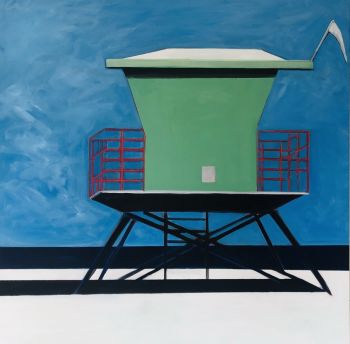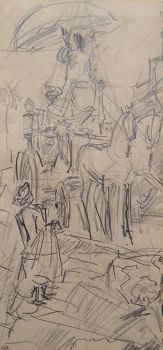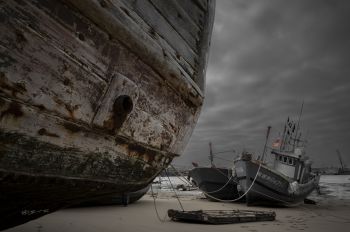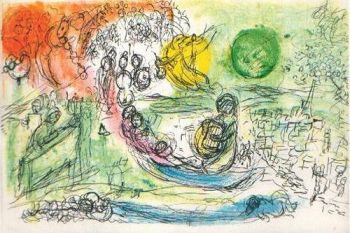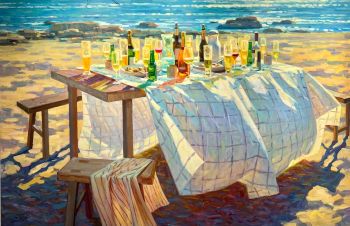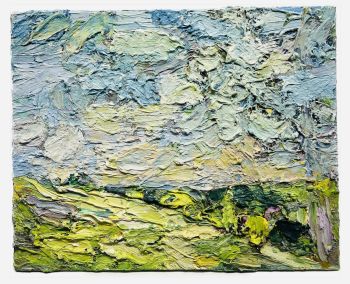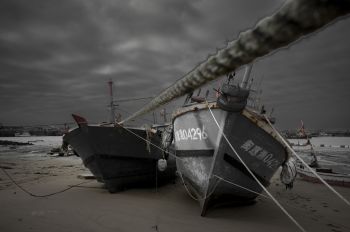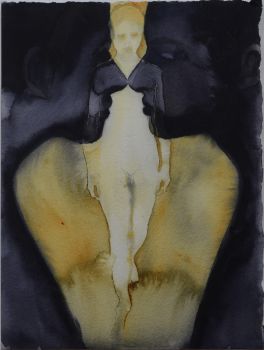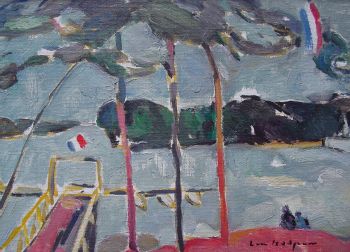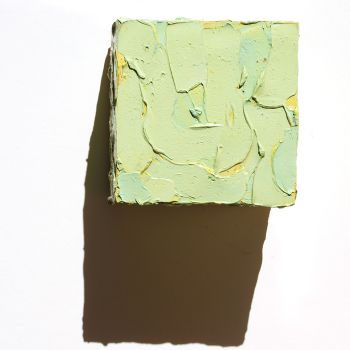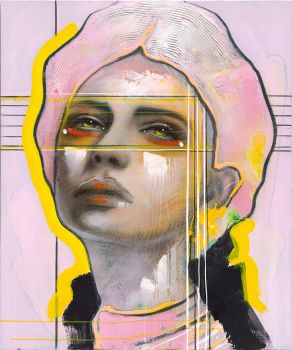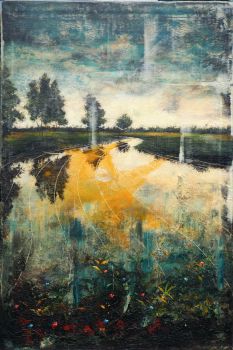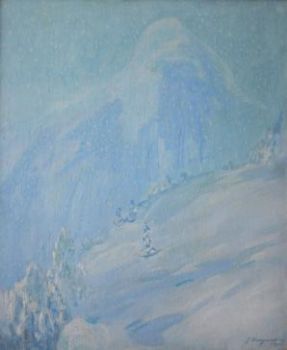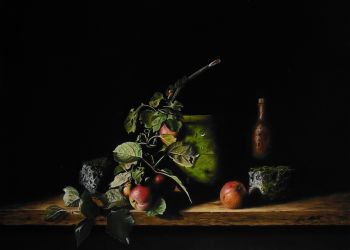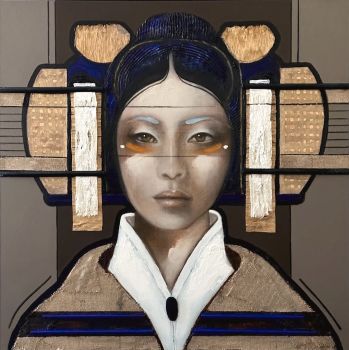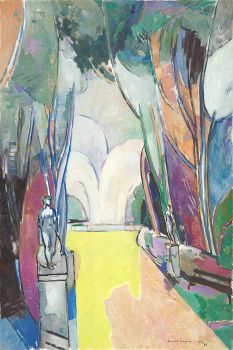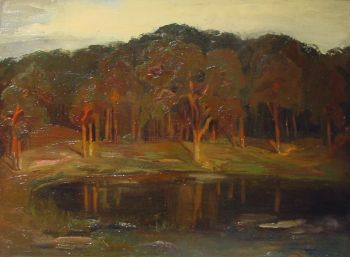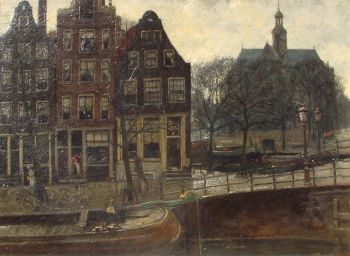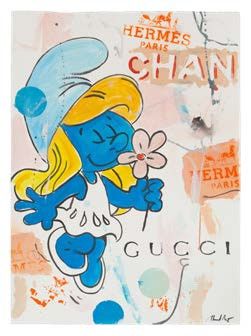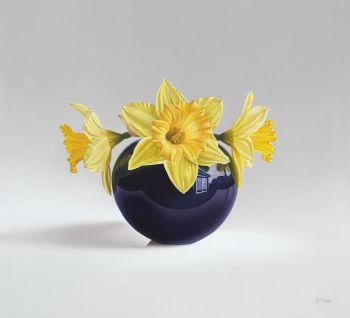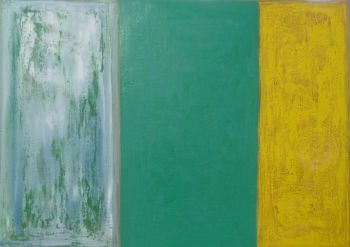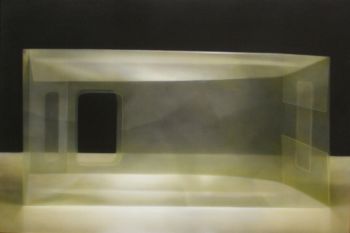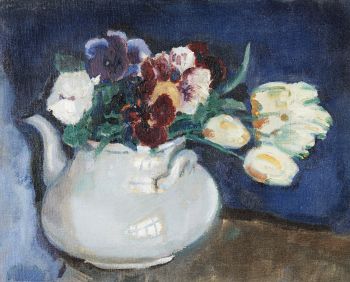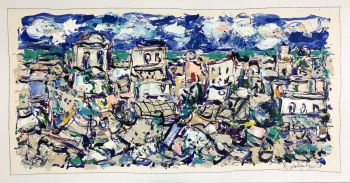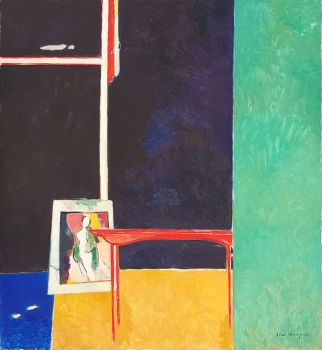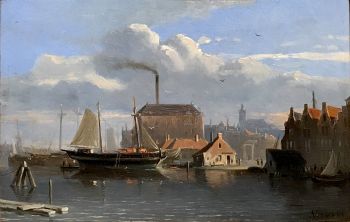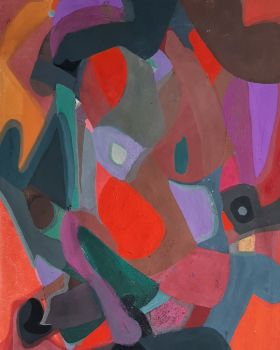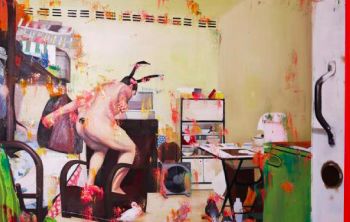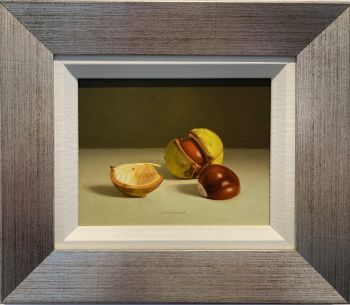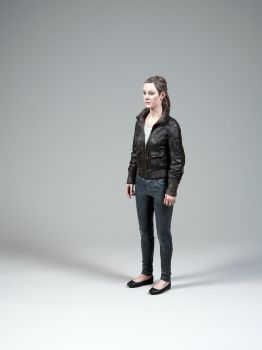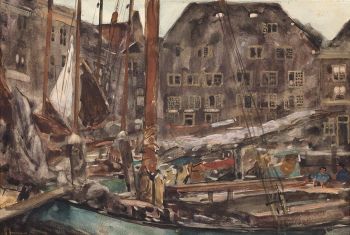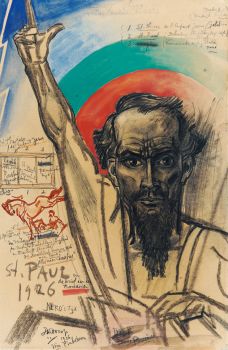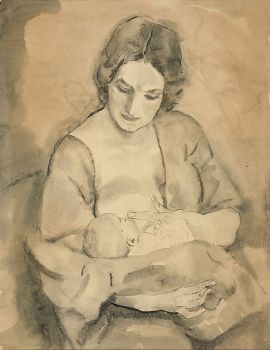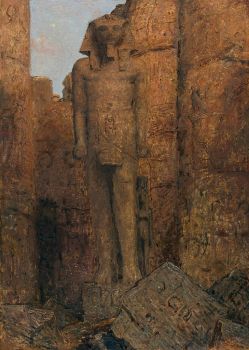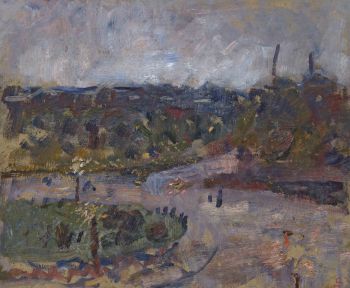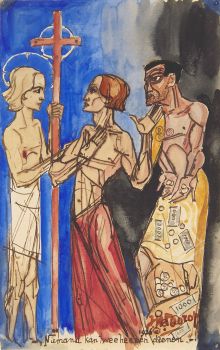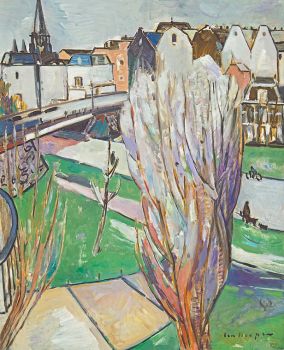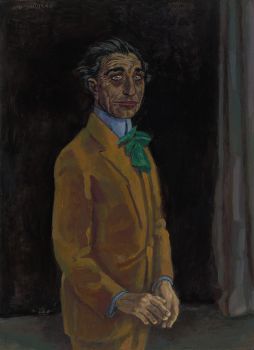Composition: On The Beach, Cagnes sur Mer 1939
Geer van Velde
TelaPintura a óleoPintar
81 ⨯ 99 cm
ConditionExcellent
Atualmente indisponível via Gallerease
Studio 2000 Art Gallery
- Sobre arteOil on canvas
81,7 x 99,3 cm.
Signed: lower right ‘G.v.V’
Provenance: Kunsthandel M.L. de Boer, Amsterdam; Christie's, 05 Jun 2007, lot no. 115; Kunsthandel Simonis & Buunk, Ede; Private collection; Private collection, The Netherlands.
Literature: Les Cahiers d’Art, 1945-1946, Paris 1946, p. 256.
Will be reproduced in the Catalogue Raisonné of the work of Geer van Velde currently being prepared by Mr. Pierre François Moget. Certificate of authenticity of Piet Moget made in Port-la-Nouvelle on December 10, 2018.
Geer van Velde (1898-1977) worked initially as an expressionist. He settled in Paris in 1925 and was influenced by fauvism and cubism. After The Second World War he belonged to the École de Paris. Developed a lyrical-abstract style, in which the forms refer to the visible reality. His work is characterized by harmony and purity. Lived unlike his brother Bram extremely isolated.
From 1938 his work undertook a radical change. That year he settled in the South of France, Cagnes-sur-Mer, where he came to develop his own abstract geometrical imagery, concentrated around the expression of light, a characteristic restrained use of color with matt hues. Observed forms, as well as the light and space surrounding them, he transforms into a balanced play of lines and mainly geometrical surfaces in delicate color schemes. - Sobre artistaGeer van Velde pertence aos artistas preeminentes da École de Paris do pós-guerra. Geer van Velde foi originalmente um pintor de paredes. Geer se juntou a seu irmão Bram em Paris em 1925 para desenvolver ainda mais seu talento artístico. No início, ele fez um trabalho figurativo-expressionista. No entanto, especialmente após sua mudança para o sul da França em 1938, ele encontrou seu próprio estilo, influenciado pela luz mediterrânea: a realidade reduzida a linhas verticais, horizontais e diagonais e preenchidas áreas de cor. Nisto, a representação de uma luz filtrada e pálida desempenhou um papel importante. Até 1940, as figuras e objetos ainda eram reconhecíveis em sua obra. Ele morreu na França em 1977.
Você está interessado em comprar esta obra de arte?
Artwork details
Categoria
Assuntos]
Material e Técnica
Cor
Related artworks
- 1 - 4 / 4
- 1 - 4 / 24
Klaas II Mobach
Hanna Mobach, daughter of the sculptor Klaas Mobach, reading1950 - 1970
Preço em pedidoKunsthandel Pygmalion
1 - 4 / 24- 1 - 4 / 24
- 1 - 4 / 12

